A place for sharing blogs about Wudang, Taoism and Chinese culture – subscribe to our Newsletter for newest posts.
There are over 100 temples in the Wudang Mountains of Hubei Province. Some smaller ones are often hidden in deep mountain ranges, where wild beasts might wander in the past. Taoist priests practiced wushu for safety. Some bigger Taoist temples, such as Zixiaogong, because it was a royal temple, attracted many state officials and the rich. To protect these important people, martial arts training was indispensable.
The Sanfeng Sect is representative of Wudang wushu. It was founded by the legendary Taoist Zhang Sanfeng at the end of the Yuan Dynasty. He merged into martial arts Taoist health practices, which have become the characteristics of Wudang wushu, till this day. Actually Wudang has woven in itself a tapestry of Chinese culture, rich and deep. It is not just pure wushu. Therefore, apart from its religious aspect, Wudang has also a profound culture behind it.
Zhong Yunlong, the 14th Chief of the Wudang Sanfeng Sect, has acquired all top skills of Wudang, especially Tai Yi Wu Xing Quan. Master Zhong said, Tai Yi Wu Xing Quan is a Liang Yi Quan perpetuated from Tai Chi. Its moves are based on Chinese Philosophical concepts of gold, wood, water, fire and earth. He thought Wudang kungfu was created by Taoist priests, firstly for health and longevity, and secondary for combat and sparring. Therefore its style tends to favor “calmness to subdue movement”, acting second but coming first, using “minimal force to offset a force thousand times stronger”.
Wudang Quan is based on Tai Chi. Tai Chi Chuan is a system of fist moves. Tai Yi Wu Xing Quan belongs to Tai Chi Chuan. The Tai Yi and Tai Chi Quan is actually the Liangqi Quan (Two Extremes Fist). Tai Chi Is a combination of the two poles, Yin and Yang, integrated. Tai Chi separates into two poles. The two poles are Yin and Yang in separation. When taken apart, Yin is Yin, Yang is Yang, which, when embodied in wushu, become hard versus soft, quick or slow tactics. So it appears as a combination, quick or slow move, a hard or soft move.
Wudang Mountains – World Cultural and Natural Heritage

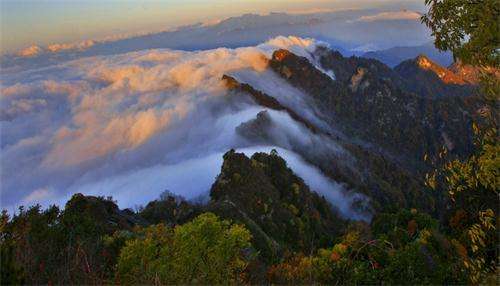
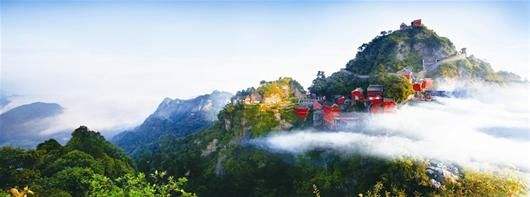
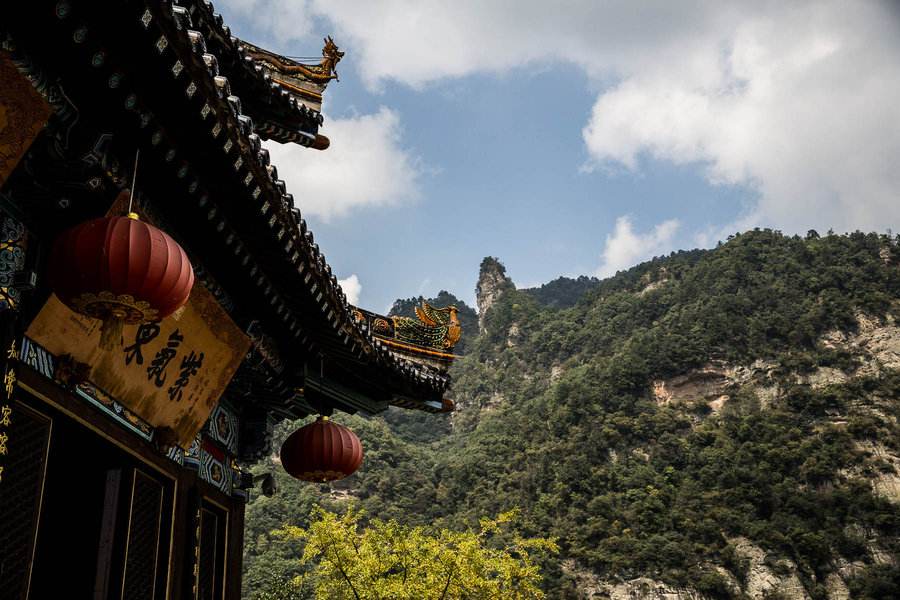
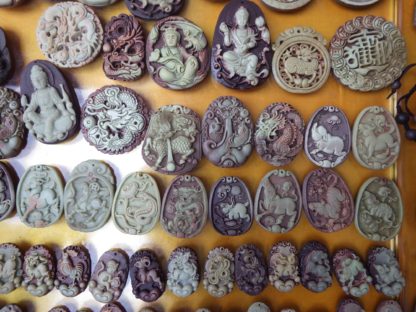
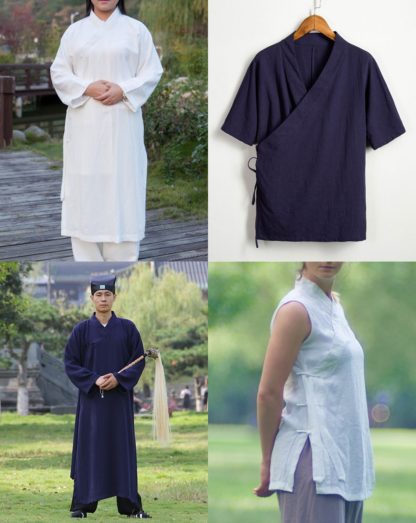

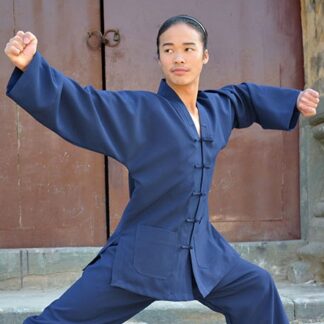




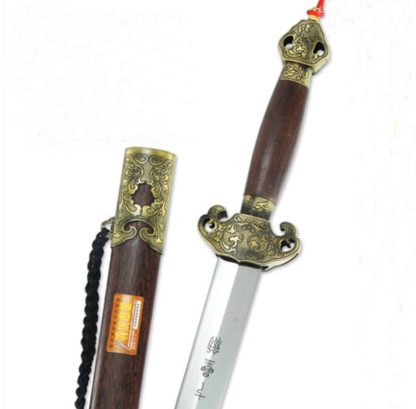
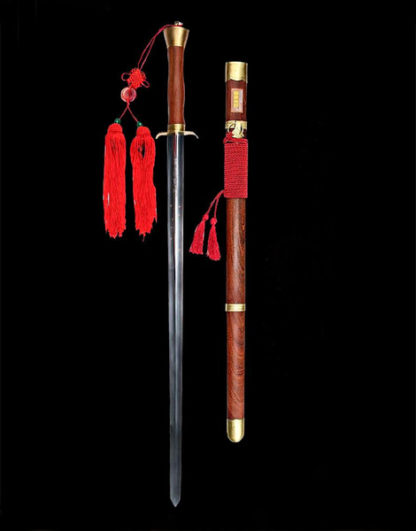
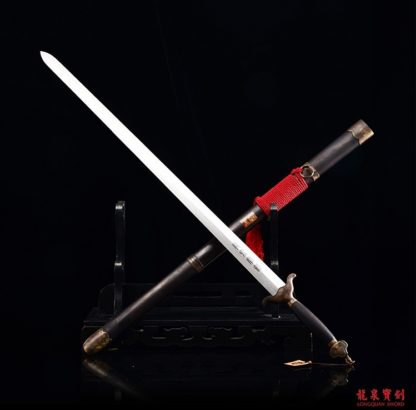


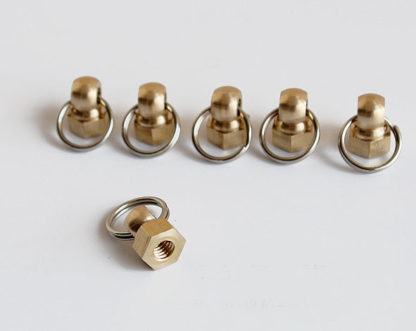

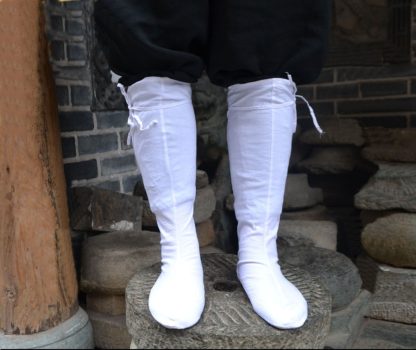

You must be logged in to post a comment.